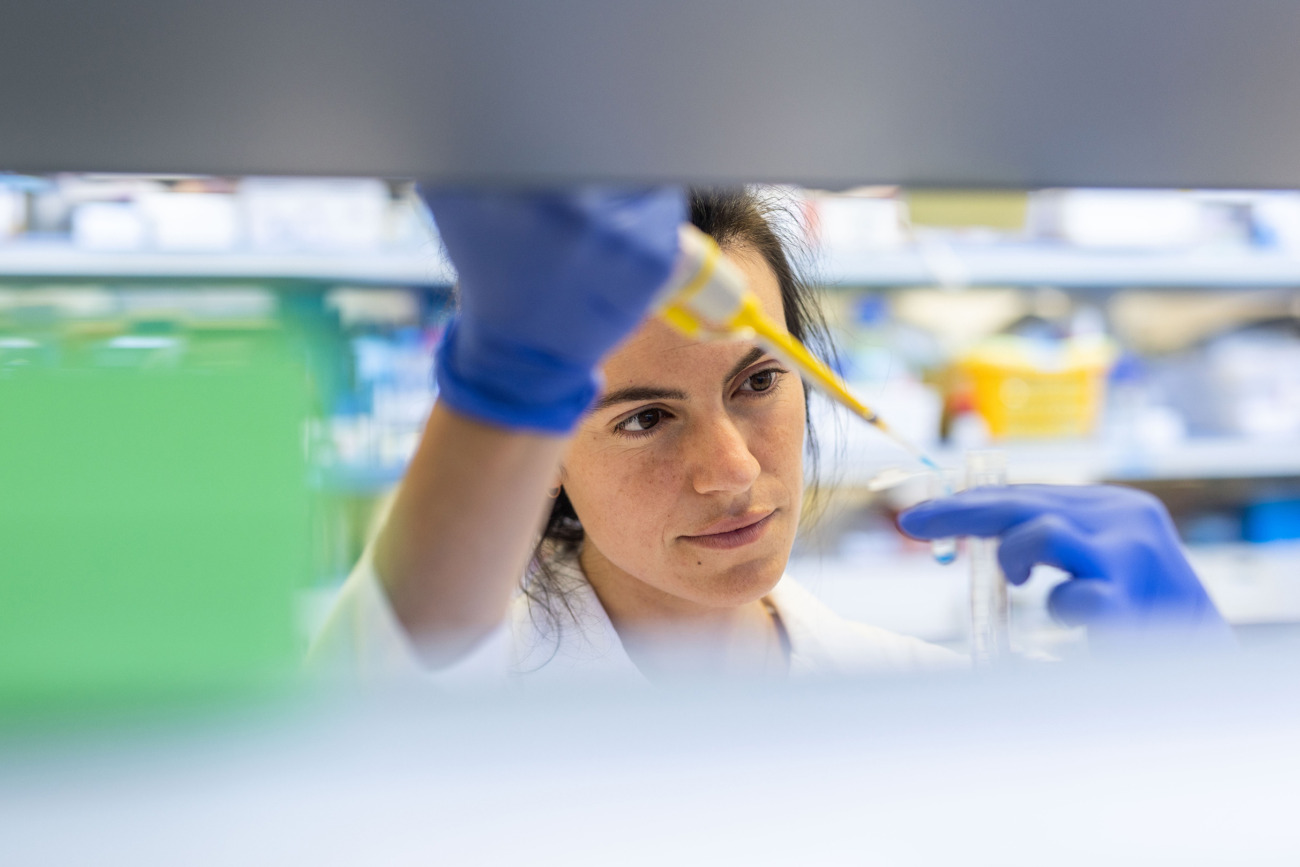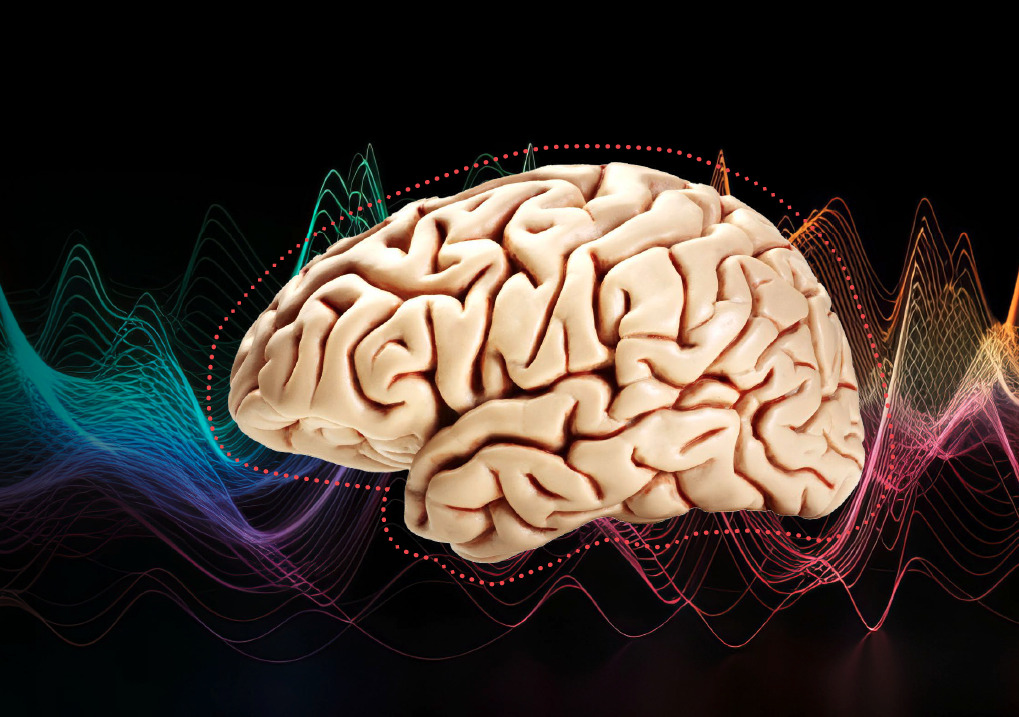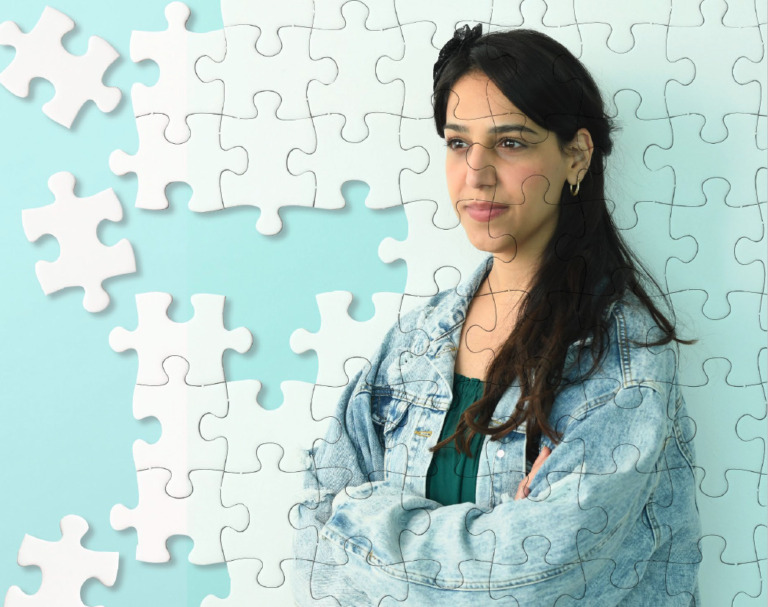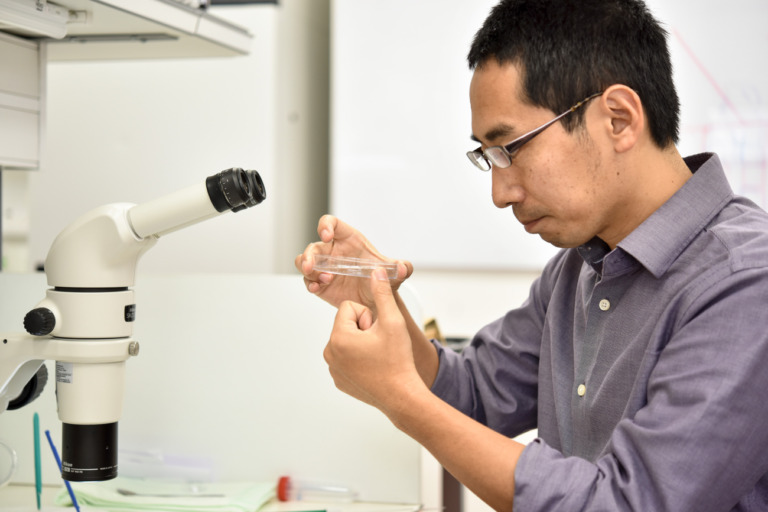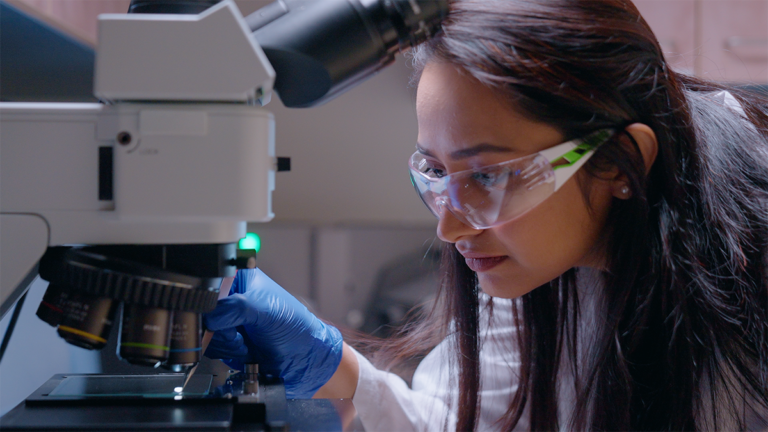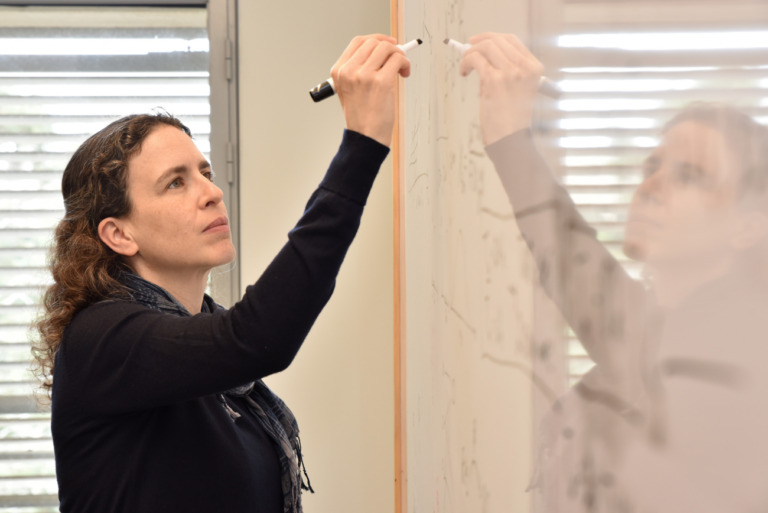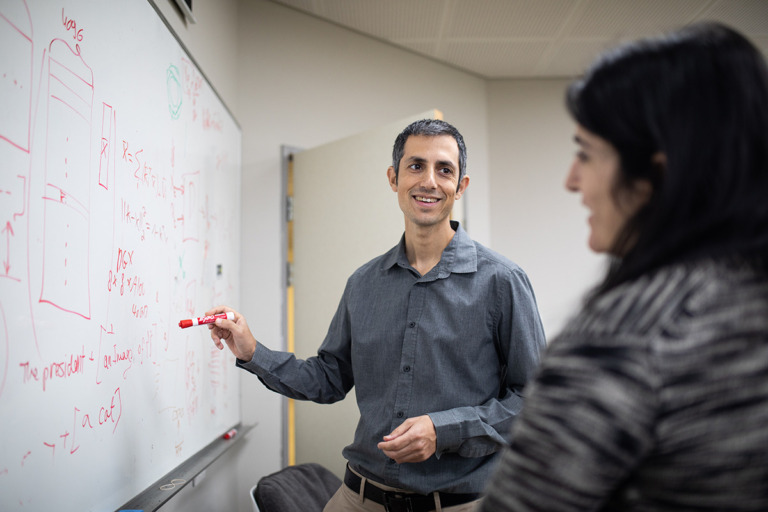The blood-brain barrier is an important part of human physiology, yet it also presents a medical challenge. First observed in the late 1800s, it’s a protective layer that surrounds the vasculature of the brain, preventing pathogens from invading the body’s most crucial organ. While this network of closely spaced blood vessels and tissue plays a vital role in keeping harmful microorganisms at bay, it also restricts the passage of medicines into the central nervous system, hindering the treatment of neurological diseases.
Patricia Mora-Raimundo hopes to solve this problem with an unconventional approach: using music to guide drug-carrying nanoparticles to the brain. Nanoparticles are ultra-small materials that are under 100 nanometres in size (for comparison, a human hair is about 100,000 nanometres in thickness). For decades, scientists have been studying the use of nanoparticles for the delivery of therapeutics — in addition to their size, the ability to tweak these minuscule materials to enhance their ability to reach a specific target makes them an ideal vehicle for this task.
Today, nanoparticles are used in a variety of medicines. Several COVID-19 vaccines, for example, contain nanoparticles in their formulations. These include the widely used messenger RNA (mRNA) vaccines, which use nanoparticles to deliver their cargo: genetic material known as mRNA that contains the blueprint for producing a piece of the SARS-CoV-2 virus’s protein that generates an immune response within our bodies.
“Nanoparticles caught my attention from the beginning,” says Mora-Raimundo, an Azrieli International Postdoctoral Fellow in the Wolfson Department of Chemical Engineering at Technion–Israel Institute of Technology. “I was fascinated by how such a teeny, tiny thing can have these huge possibilities. You can modify them on the outside or on the inside, and transport different types of therapeutics just by modifying the nanoparticles properties.”
